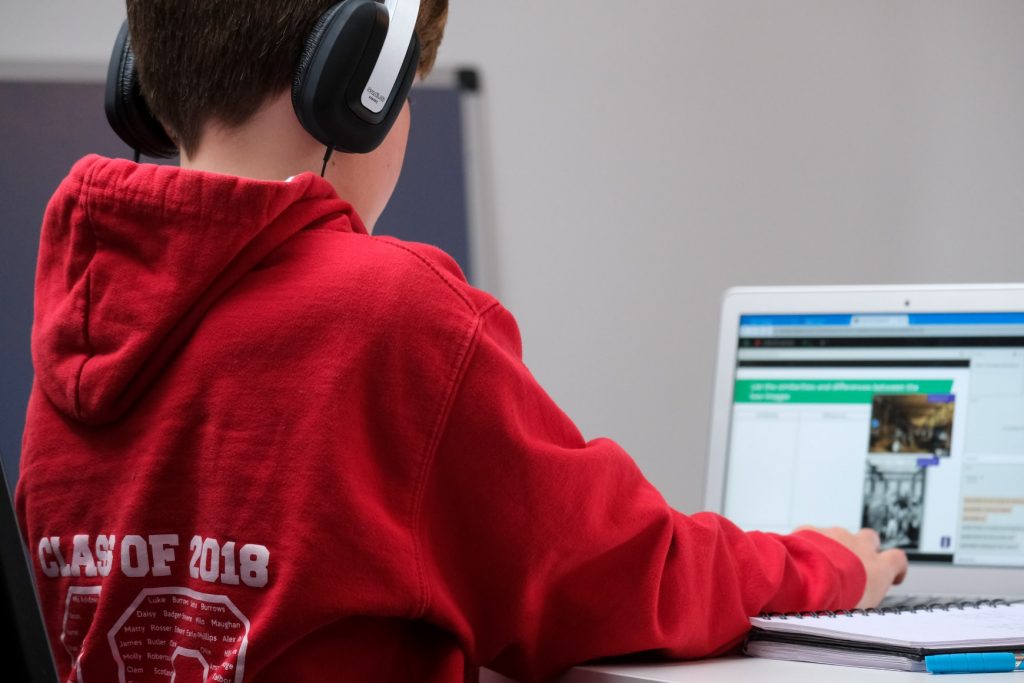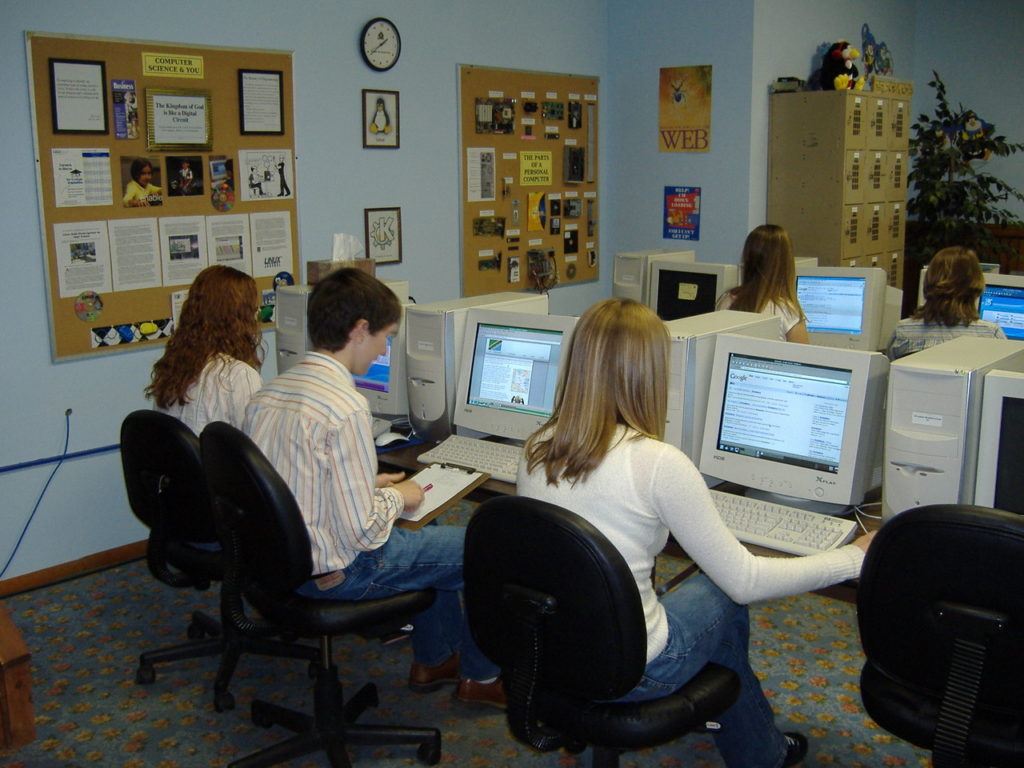Homeschooling is increasingly popular for families for many reasons. You may not be happy with the quality of your local school system, you may have a religious basis for homeschooling, or your children may have special learning needs. It comes down to knowing their children will learn best in a flexible, personalized learning environment for some families.
Regardless of why you’ve chosen to homeschool, you will need to create a classroom or learning area in your home that is dedicated solely to your children’s schooling. Having a dedicated space for classwork, studying, and tests will encourage focus and set parameters for your child’s learning experience.
Choose a Quiet Area
The family room isn’t the best choice for a homeschool work area. There’s too much traffic, and the distractions of television and other activities are disruptive. Children can have difficulty focusing if surrounded by games, television, and other people talking. Try to find a quiet corner where disruptions will be minimized. For some, this may be a spare bedroom or home office. If you’re tight on space, rearrange the furniture in the family room to create one area at the end of the room that is a bit more out of the way.
Comfort and Ease
For most families, a table is a better choice than traditional school desks. Children can spread out their paperwork, use their computer, and work on crafts at a table rather than a desk. Chairs need to be the correct height and comfortable, with good back support. Avoid repurposing a rickety table or uncomfortable chairs unless you want to cope with constantly fidgeting students. A table and chairs don’t have to be expensive – consider a folding table and chairs. They are easy to relocate, which is a bonus.
Wall Space is Important
Most homeschool programs include maps, infographics, and other visual learning aids, so clear some wall space to display these learning tools. Invest in a whiteboard to be mounted on the wall. You’ll be amazed how often you’ll use it for everything from demonstrating math problems to creating a task list for the day.
Invest in Inexpensive Storage
You’ll have textbooks, workbooks, art supplies, paper, pencils, and more to store. Look for small shelving units or cubicles you can use for stashing everything when not in use. Studies have shown that visual clutter is detrimental to learning. A tidy classroom is more relaxing and conducive to conversation. Baskets and catch-alls from Ikea or your local home goods store are also helpful.
The Right Supplies
Before purchasing school supplies, check the homeschool curriculum you will use. Most programs like Frog Street include a list of suggested supplies. You want to buy the “must-haves” first so that you aren’t stuck with lots of junk you don’t need. Having the right supplies for the year already on hand streamlines learning.



